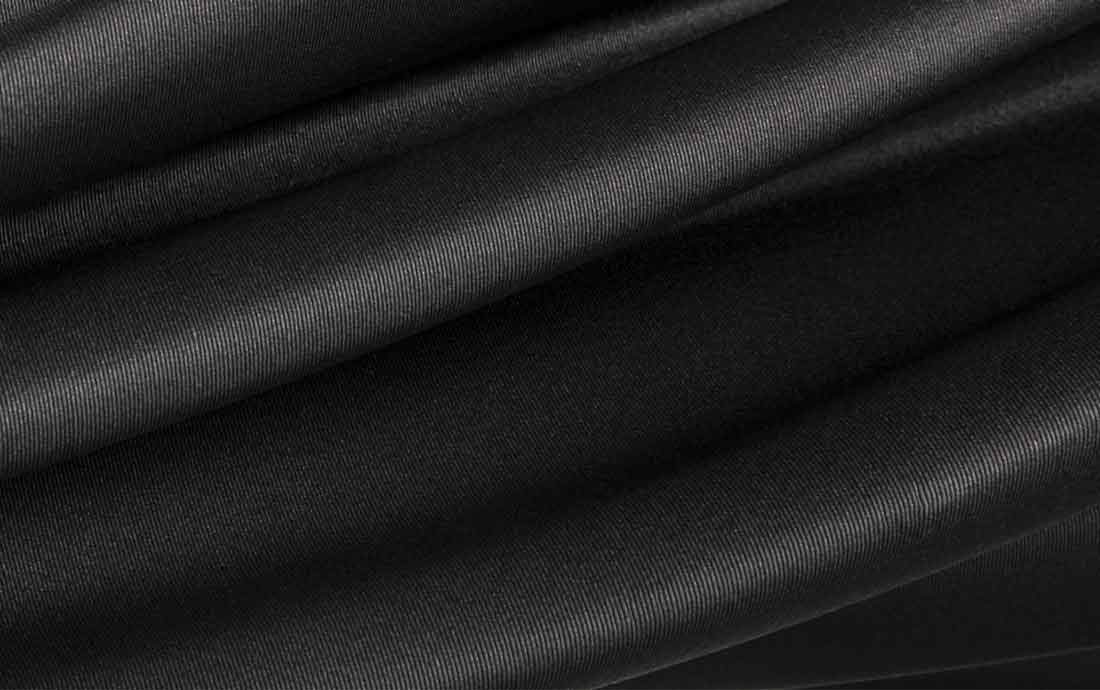GLOSSARY – Understanding Additive manufacturing terms
We have put together a collection of technical terms used in 3D printing. We hope that this will help you with your additive manufacturing projects.
3D PRINTING
The term 3D printing is commonly used to describe all manners of additive manufacturing.
ADDITIVE MANUFACTURING
Additive manufacturing regroups all the manufacturing processes where parts are built by adding material layer by layer. The term 3D printing is commonly used to describe all manners of additive manufacturing.
BOWDEN
The Bowden setup is a type of extruder setup that feeds the filament into the printhead. In a Bowden extrusion system, a drive gear (extruder), mounted on the outer part of the machine, feeds and guides the filament through a bowden tube and into the printhead. The filament is therefore “pushed” through the tube.
BRIDGE
Bridges are unsupported printed areas located between two raised points. Bridge settings are controlled by the slicer (temperature, speed, cooling etc.) but are also influenced by the material used for the print. Bridges can be printed in thermoplastics but not with liquid materials.
BUILD SURFACE
The build surface is the area on the heated aluminum build platform on which the parts are printed. Different types of build surfaces are available for printing with different materials.
CAD
Computer Aided Design (CAD) is the use of computers and software for the creation of geometric models in order to visualize and perform tests under simulated conditions prior to manufacturing.
CROSS-LINKING
Cross-linking is a chemical reaction between polymer chains that forms a three-dimensional molecular network. The polymer goes from a viscous fluid to an infusible solid known as a thermoset.
DIGITAL FABRICATION
The term “digital fabrication” can be used as a synonym for additive manufacturing.
DIRECT DIGITAL MANUFACTURING
All steps in the end-to-end workflow, from the creation of a 3D model to the finalized printed product.
DIRECT DRIVE
The direct drive setup is a type of extruder setup that feeds the filament into the print head. In a direct drive setup, the filament is fed by the drive gear (extruder) located directly above the print head. The filament is therefore “pulled” by the extruder.
EXTRUDER
The extruder system feeds the filament into the print head using a drive gear.
FDM
Fused Deposition Modeling is also known as Fused Filament Fabrication (FFF). It is an additive manufacturing technology based on the principle of depositing melted filament in layers. The thermoplastic filament is melted in the nozzle. This nozzle moves on an XYZ axis, depositing the melted filament, strand by strand in successive layers, to build the part.
FEEDER
The term “feeder” is used as a synonym for extruder.
FFF
Fused Filament Fabrication is also known as Fused Deposition Modeling (FDM). It is an additive manufacturing technology based on the principle of depositing melted filament in layers. The thermoplastic filament is melted in the nozzle. This nozzle moves on an XYZ axis, depositing the melted filament, strand by strand in successive layers, to build the part.
G-CODE FILE
G-code is used to create instructions that are interpreted by the additive manufacturing machine in order to build a part. The slicing software generates the G-code file from the 3D model (STL file).
NOZZLE
The nozzle is where the thermoplastic filament is melted. Different types of nozzle (different diameters, materials, lengths etc.) can be used depending on the filament to print.
OVERHANG
An overhang is a part of a 3D print that “hangs over” beyond the previous layer, without any support.
POLYMER
A polymer is a material composed of long repeating chains of molecules known as “monomers”. Polymers can be thermosetting or thermoplastic.
Some examples of polymers:
Natural polymers: cellulose (wood, paper, hemp, linin, cotton), Complex carbohydrates (starch, glycogen), DNA, protein fibers (leather, silk, wool), natural rubber
Synthetic polymers: glues, paints, resin, “plastics”
RAPID PROTOTYPING
This term can be used as a synonym for additive manufacturing.
SLICER
Computer software that generates G-code from a 3D model (STL file). The slicer, or slicing software “slices” the 3D model (STL) and generates the print settings (temperatures, layer height, speed, cooling) that will then be interpreted by the additive manufacturing machine to build the part.
SLICING SOFTWARE
Computer software that generates G-code from a 3D model (STL file). The slicing software “slices” the 3D model (STL) and generates the print settings (temperatures, layer height, speed, cooling) that will then be interpreted by the additive manufacturing machine to build the part.
STL FILE
The STL file format is the format most commonly used to export a 3D model. It is then imported into the slicing software to create the G-code file.
SUPPORTS
Support structures are printed at the same time as the printed part and are used to support overhangs that cannot hold themselves up. The supports are then removed by hand using pliers or with chemicals if they are soluble.
THERMOPLASTIC
A thermoplastic is a material than can be repeatedly softened with heat and that will harden when cooled. This is the case of polymers extruded as filament.
WARPING
Warping occurs due to the contraction and shrinkage of the thermoplastic on the build plate. It usually results in a partial or total detachment of the printed part.




